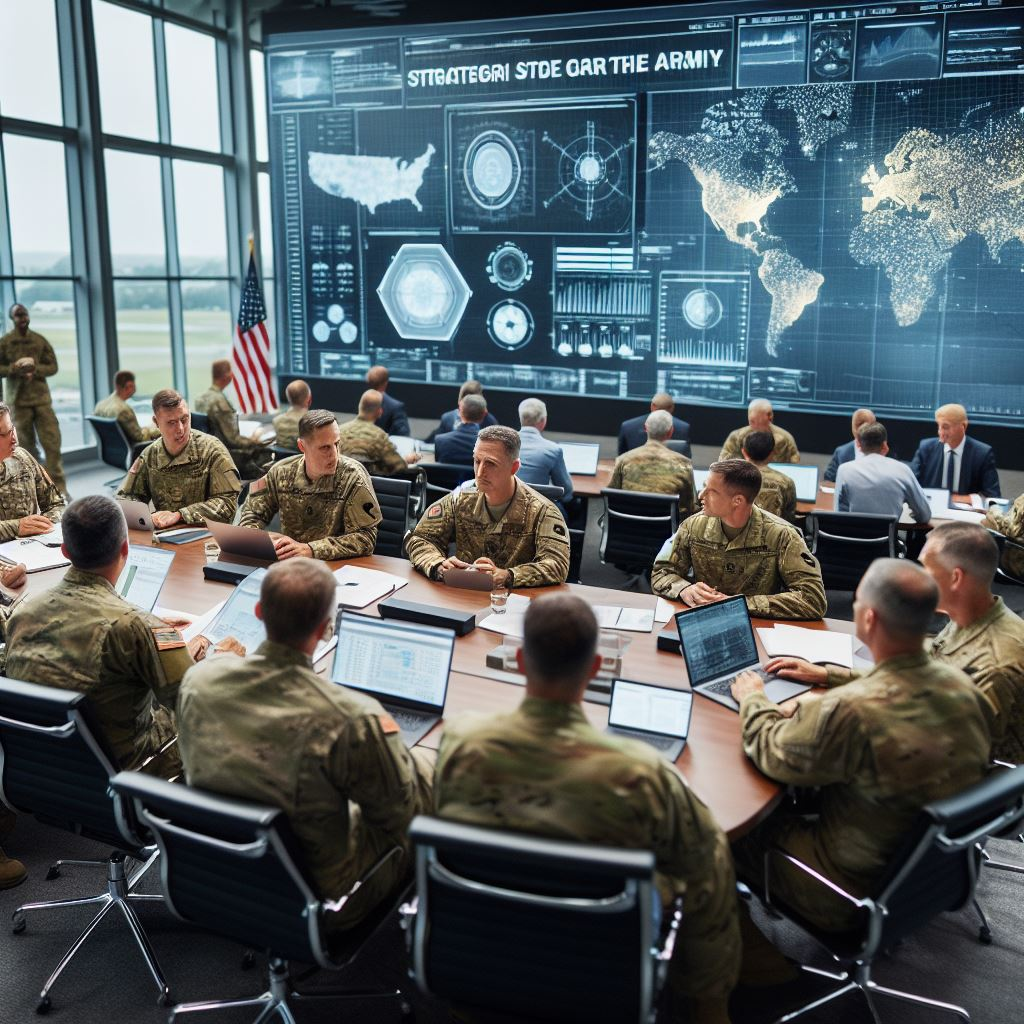
The United States Army is embarking on a significant strategic transformation. The plan involves restructuring the force, which includes eliminating approximately 24,000 positions, representing roughly 5% of its total personnel. This seemingly substantial number is important to understand in context, as it primarily targets unfilled positions rather than actual layoffs of existing personnel. This comprehensive restructuring reflects the Army’s commitment to adapting to the changing global security landscape and ensuring its readiness for the challenges of the 21st century.
Navigating a new security landscape
The driving force behind this transformation lies in the evolving nature of warfare. While undoubtedly demanding, the counterinsurgency operations that characterized the Army’s recent deployments in Iraq and Afghanistan are considered less critical in the current strategic environment. The rise of near-peer adversaries like Russia and China, equipped with advanced military capabilities, poses a distinct challenge. These adversaries necessitate a significant shift in the Army’s approach, requiring the service to adapt its structure and capabilities to maintain a position of strength in the face of these potential threats.
Aligning resources with strategic priorities
The planned position cuts are not arbitrary reductions but rather a strategic realignment of resources. This streamlining primarily targets areas deemed less crucial in confronting emerging threats. Specifically, positions associated with counterinsurgency operations and specific special operations forces are targeted for reduction.
- Bolstering defenses: Recognizing the growing threat of aerial attacks, the Army plans to strengthen air defense and counter-drone units. This will involve investing in advanced radar systems, missile defense capabilities, and specialized electronic warfare equipment to counter potential adversaries’ increasingly sophisticated aerial threats. These systems work by detecting, tracking, and ultimately disabling or destroying hostile drones and aircraft before they can reach their targets.
- Sharpening the edge: The Army will establish new task forces specializing in cyber warfare, intelligence gathering, and long-range strike capabilities. These task forces will enhance the Army’s offensive and defensive capacities in the critical areas of the digital domain and long-range warfare, addressing the growing importance of these aspects in contemporary conflicts. Cyber warfare involves offensive and defensive operations conducted in the digital domain, while long-range strike capabilities encompass the ability to engage targets at significant distances with high precision. These task forces will require highly skilled personnel trained in the latest technologies and tactics to address these emerging cyber and battlefield threats effectively.
Navigating the long-term implications
The long-term impact of these changes on the Army’s operational effectiveness remains to be seen. While some experts express concerns about the potential implications for the Army’s overall size and capabilities, others consider it a necessary and inevitable step toward modernization. Regardless of the ongoing discourse, the Army’s commitment to transparency throughout this process is commendable. By openly communicating its rationale and goals through official channels, including press releases, public statements, and engagement with stakeholders, the Army aims to maintain public trust and ensure a smooth transition toward the future.
Evolving to serve National Security
Understanding that the US Army’s ongoing transformation is not a precursor to imminent conflict is crucial. Instead, it signifies a proactive approach to ensuring national security in a rapidly changing world. By adapting its structure and capabilities to address the evolving threats of the 21st century, the Army aims to remain a formidable force capable of deterring aggression and defending the interests of the United States.
This strategic realignment underscores the Army’s unwavering commitment to safeguarding the nation and serving as a cornerstone of American security for generations. Ultimately, the success of this transformation hinges on its ability to effectively balance the need for modernization with the preservation of the Army’s historical strengths and core values, ensuring a continued legacy of service and unwavering dedication to national security. This transformation is a complex undertaking with far-reaching implications, and its success will be measured by the Army’s ability to adapt to the evolving security landscape while maintaining its effectiveness as a critical component of American national defense.
